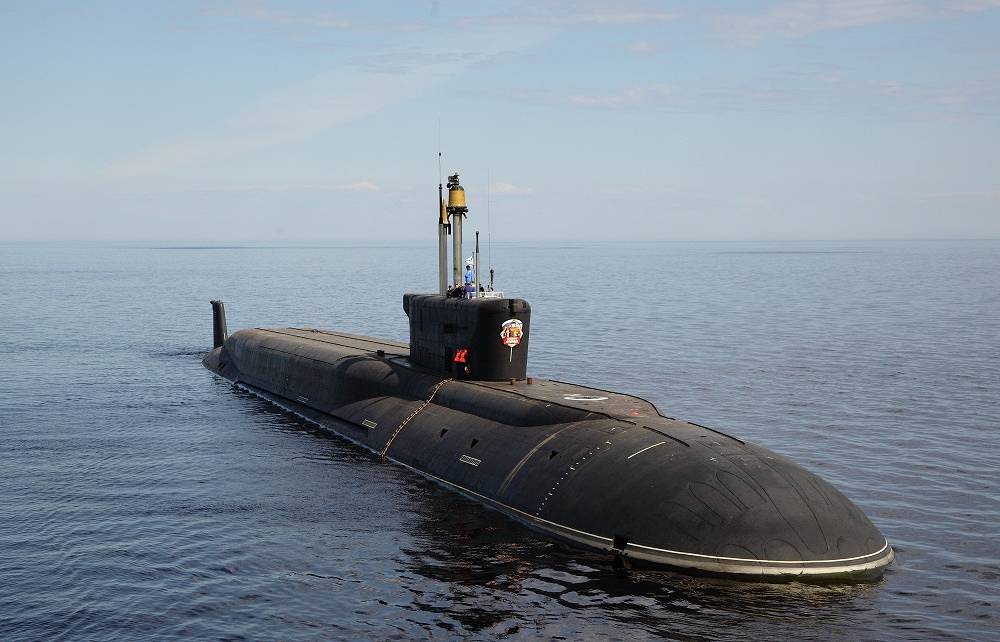Russia’s Borei-class Subs Outclass US Nuclear Submarines in Sonar Capability.
"Strategic nuclear submarines of the Borei class have a sonar system capable of detecting underwater threats more than 1.5 times farther than what is possessed by nuclear-powered submarines of the United States," according to Russian submarine experts quoted by the state news agency, RIA-Novosti.
(DEFENCE SECURITY ASIA) – As the tensions between Moscow and Washington escalated, Russian submarine experts announced that the sonar capabilities of their Borei-class nuclear-powered submarines surpass those of the United States’ nuclear submarines.
Russian submarine experts claim that the sonar system of their Borei-class nuclear submarines is nearly “twice as effective” as that possessed by the United States and any Western country.
“Strategic nuclear submarines of the Borei class have a sonar system capable of detecting underwater threats more than 1.5 times farther than what is possessed by nuclear-powered submarines of the United States,” according to Russian submarine experts quoted by the state news agency, RIA-Novosti.
They consider this capability to be a significant advantage for Russian nuclear submarines in detecting enemy submarines compared to their main competitors, the United States.
The sonar system, named “Irtysh-Amphora-B-055,” owned by the Borei-class submarines, is said to outperform the sonar capabilities of fourth-generation U.S. submarines such as the Ohio and Virginia classes, according to Russian submarine experts.

The detection range of the sonar system “Irtysh-Amphora-B-055” on the Borei-class submarines is approximately 100 km farther than that of the U.S. nuclear submarine sonar system.
The sonar system “Irtysh-Amphora-B-055” on the Borei-class nuclear submarines provides multifunctional capabilities, allowing it to detect and track at least 30 targets simultaneously.
Led by the main hydroacoustic antenna called “Amphora,” side antennas, and towed antennas, the system uses digital signal processing to search for sound direction, search for echo, and classify targets.
In addition to detecting and tracking enemy submarines, torpedoes, and missile launchers, the “Irtysh-Amphora-B-055” system also contributes to operations in the Arctic by measuring ice thickness and identifying polynyas (areas of water surrounded by ice) for launching guided missiles or allowing the submarine to surface.
Currently, the Russian Navy operates six submarines from Project 955 and 955A, including Yuriy Dolgorukiy, Alexander Nevsky, and Vladimir Monomakh, which are part of Project 955. As for Project 955A, it includes Knyaz Vladimir, Knyaz Oleg, and Generalissimus Suvorov.

For example, the Borei-class submarine “Vladimir Monomakh” is capable of carrying up to 16 Bulava intercontinental ballistic missiles (ICBMs) with a maximum range of 8,000 to 8,800 km.
Each Bulava ICBM is capable of carrying six to ten nuclear warheads, capable of independently targeting individual objectives.
Each Borei-class submarine has a length of 170 meters and can carry up to 107 crew members. Its total weight is between 14,000 tons (above the surface) and, when submerged, it weighs around 24,000 tons. — DSA

DEFENCE SECURITY ASIA APPS
To advertise contact admin: haikalhamas73@gmail.com


Comments are closed.